Source: http://johnflynchandassociates.com/christmasembargo.php
The Wall Street Journal
December 24, 2004
Ms. Smedley Finds Buying American a Tough Task
Foiled by Monopoly Dice
Carol Stream, Ill. ~ The house at the end of Park View Circle looks much the same as the others on the block: Wreath on the door. Lights on the trees. A reindeer on the lawn. Inside, though, a Christmas revolution is under way.
Peggy and Dave Smedley are attempting to celebrate the holiday in a manner almost unimaginable to most Americans - without gifts made in China.
Their three children, fearing that they will be left with nothing but Pennsylvania coal in their stockings, await Christmas morning with more than the usual nervous energy. David Smedley, 13 years old, says he doesn’t know what to expect "because I’ve never bought American before."
What David knows so far is that there will be no iPod, no digital camera and no tabletop football game under the family tree this year. Still, the Smedley children have cautiously embraced their parents’ campaign, which began when Ms. Smedley decided to strike a small blow in defense of American workers.
"China is really draining American manufacturing," says Ms. Smedley, 43, editorial director of Start, a magazine she and her husband publish with a circulation of about 85,000 manufacturing executives.
But until she hit the stores and started shopping, she says she had no idea how difficult it would be to steer clear of Chinese goods.
The Smedley home is decorated with two trees and a mantle full of Christmas figurines. The lights, ornaments and figurines - mostly from China - were purchased before her personal trade embargo began.
Ms. Smedley got the idea for a China-free Christmas while interviewing manufacturing executives for a book she wrote called "Mending Manufacturing," which her company published this year. She came to believe that China was destroying American jobs by suppressing the value of its currency. But that might change, she became convinced, if American consumers made it a point to buy American-made goods.
"I know that when you get on a soapbox people think your losing it," she says.
"But you really have to start somewhere."
Ms. Smedley began at the mall, where her shopping list, compiled from her family’s holiday wishes, included a handheld video-poker game, a baseball, boots, a coffee maker, a pair of Danskin leotards and martini glasses. She set out not only to avoid China but to buy American-made products whenever possible, no matter how much extra time, money and gasoline the effort required.
She didn’t spend much time looking for the poker game because she guessed, correctly, that it would be made in China. She was surprised to strike out on the baseball. Rawlings makes its balls in Costa Rica, but most other brands come from China. So she scratched the baseball off her list.
"It would be very expensive to play little league if the balls were made here," says Jim Hackett, the director of baseball and softball for Wilson Sporting Goods Co., which hasn’t made a baseball in the U.S. for more than a quarter of a century. "It is very, very labor intensive. It takes an experienced worker 10 or 15 minutes just to sew the two pieces of the cover together."
Ms. Smedley went to five stores in search of American-made boots for her son Aaron before she found a pair made by Sorel of Portland, Ore. For David, who wanted brown Timberland boots, she went to thirty stores before giving up. A spokesman for Timberland Co., based in Stratham, N.H., says the company makes its boots in Puerto Rico, the Dominican Republic, China, Thailand and Vietnam.
An American-made coffee maker also proved elusive, so Ms. Smedley settled for a Bunn brand machine from Canada. A week later, she found an American-made Bunn, at a slightly higher price, and returned the Canadian one.
Wal-Mart had only Chinese Danskin leotards, but Target had both Chinese- and American-made leotards for $14.99.
That turned out to be a stroke of luck. Carol Hochman, president and chief executive of New York-based Danskin Inc., says about 35% of Danskin-brand products are made in the U.S. But neither Wal-Mart nor Target sells the Danskin brand. Wal-Mart sells a brand called Danskin Now, which is made for a licensee mostly in China. Target sells a brand called Freestyle by Danskin, which is also made in China for a licensee.
A handful of American-made leotards might slip into those stores when a rush order is needed or when quotas from China have been met. But for the most part, Ms. Hochman says, American plants can’t make leotards at prices low enough to satisfy most Wal-Mart and Target shoppers.
"People say they want to buy products made in America," says Ms. Hochman, "but most people aren’t willing to pay for it."
With the martini glasses, Ms. Smedley was pleasantly surprised to find an inexpensive American-made set at her local Linens-n-Things household-goods store.
She found a Monopoly game that was made in the U.S., but the fine print on the box said that the dice were manufactured in China. She almost bought a stuffed dog from Eddie Bauer because the price tag said "Made in USA," but a closer look at the label attached to the animal told another story: "Made in China." A spokesman for Eddie Bauer says the tags were printed erroneously - in China - and will be removed.
Ms. Smedley said that online shopping was impossible because she couldn’t make careful inspections of boxes and tags. An Italian-style imported leather coat might come from China rather than Italy. Most Web sites don’t say.
"I would say that 80% of everything we looked at was Chinese," says Ms. Smedley.
It’s been tough, I tell you," says her husband, Dave, who works as chief financial officer of the couple’s publishing company.
"Everything is made in China," adds her 9-year-old, Aaron.
The U.S. is expected to import about $190 billion of Chinese goods this year, up from $152 billion last year. Meanwhile, the U.S. trade gap with China is expected to top $160 billion this year, nearly double what it was in 2001.
A former trade official for China says the boycotting of China-made goods over-simplifies the complexities of global trade. The trade between the U.S. and China "brings mutual benefit, and America is the biggest beneficiary," says Zhou Shijan, who now coordinates research on the U.S. among state-backed academic institutions.
Not everyone in the family is supporting the Smedleys’ quest. "I don’t like the whole China thing," says the Smedleys’ 15-year-old daughter, Christina. "I don’t care." Christina will be getting gift cards, so she can decide for herself whether to buy American.
Meanwhile, Ms. Smedley has settled on something less romantic for her husband: a prepaid pass to pay his highway tolls.
"You just have to be creative." She says. ~
Monday, April 14, 2008
Christmas Embargo: A Mom Bans China by Michael Schroeder
Posted by Joyce Kavitsky at 4/14/2008 12:14:00 PM
Subscribe to:
Post Comments (Atom)

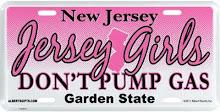

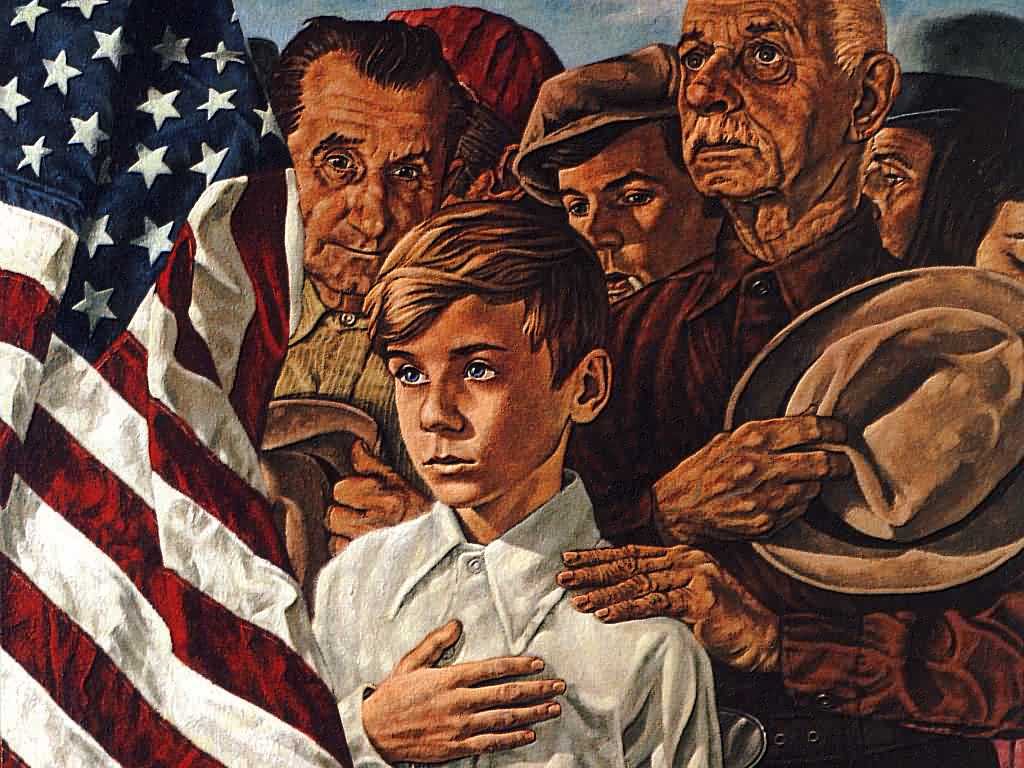

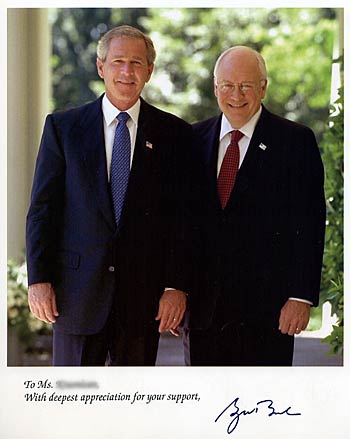
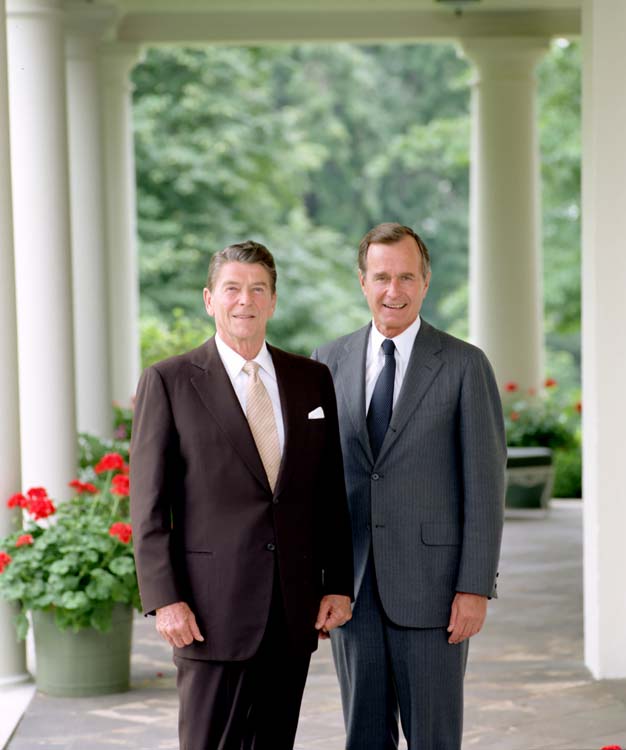



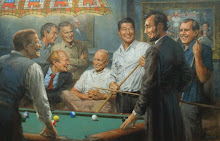
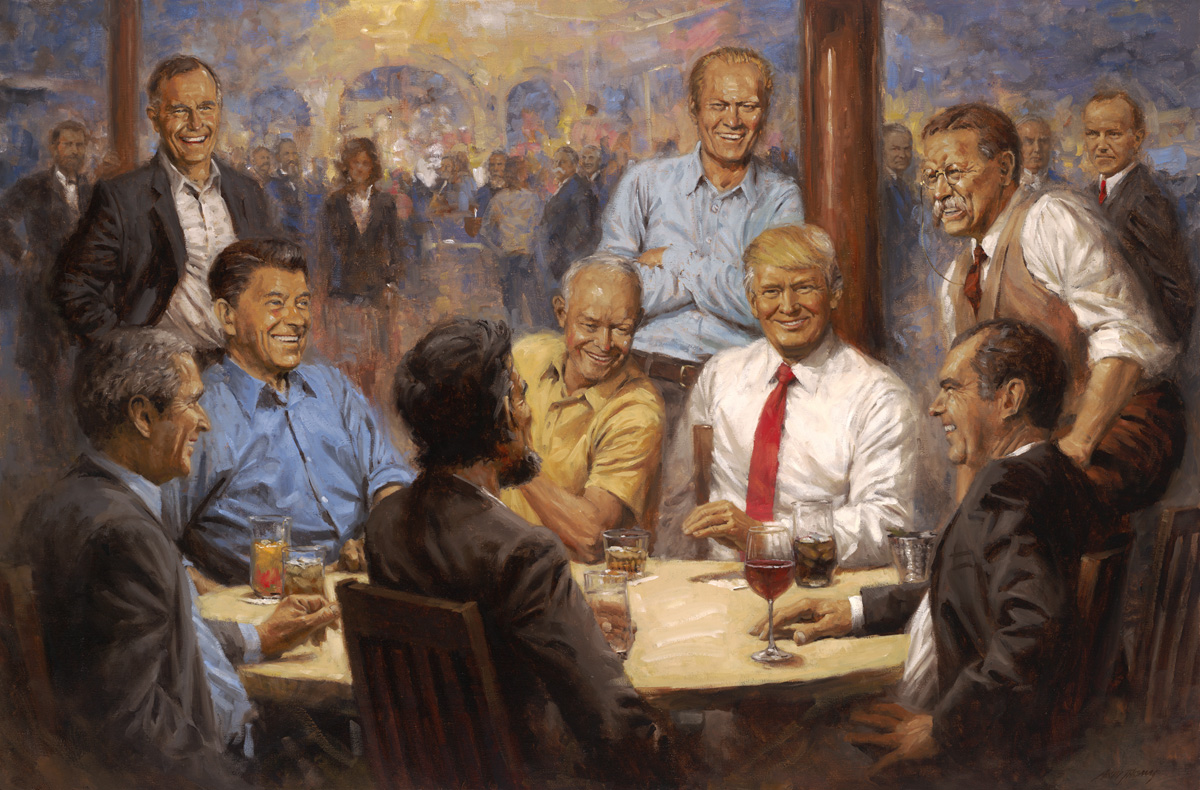
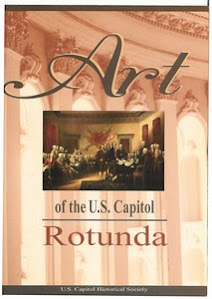



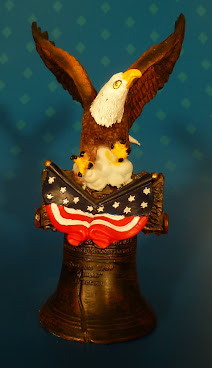






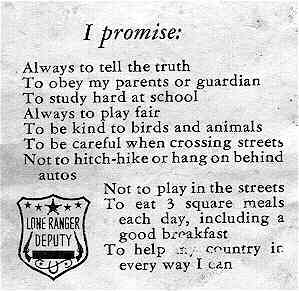
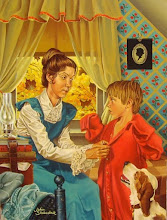







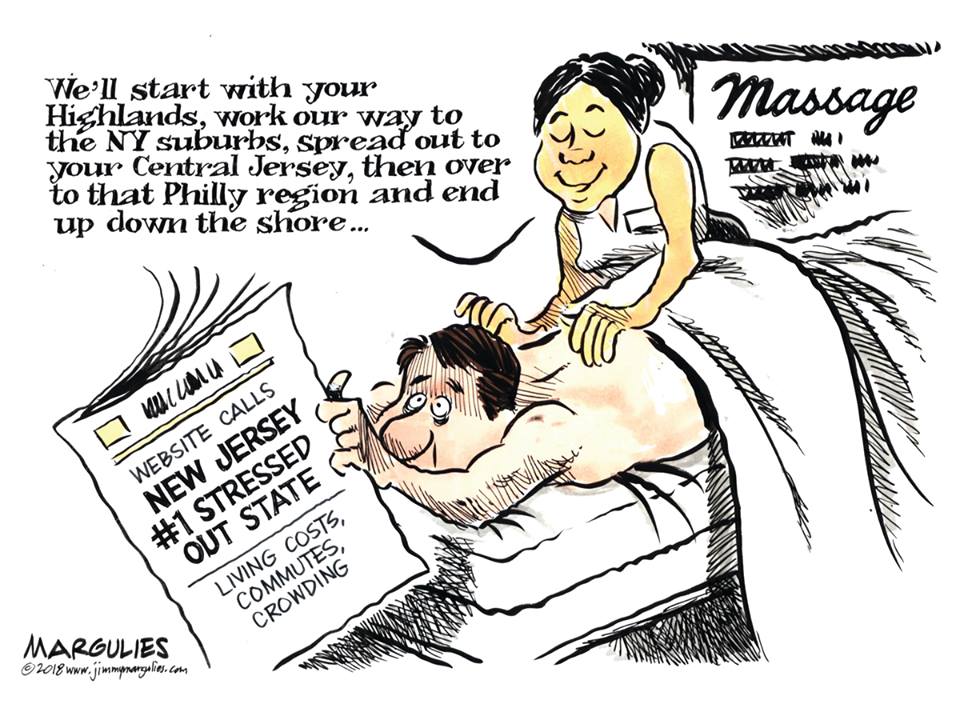
1 comment:
A handful of American-made leotards might slip into those stores when a rush order is needed or when quotas from China have been met. But for the most part, Ms. Hochman says, American plants can’t make leotards at prices low enough to satisfy most Wal-Mart and Target shoppers. Check out for more information about
leotards
Post a Comment